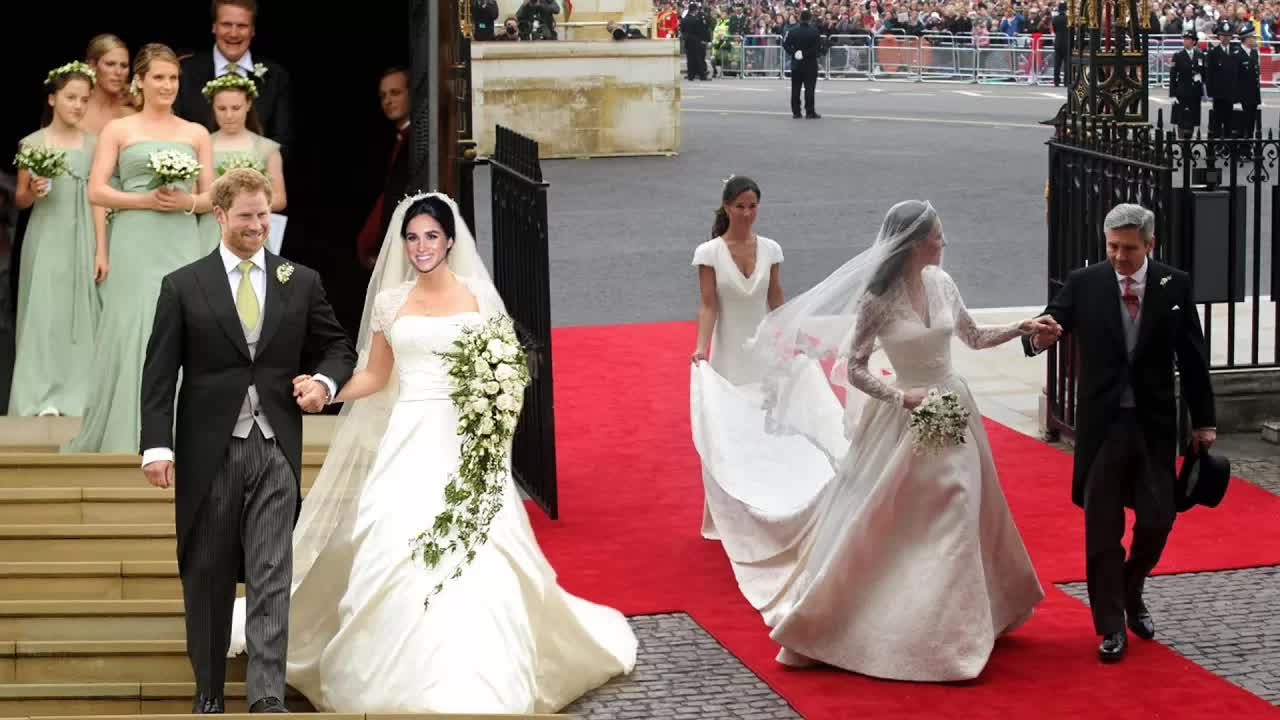Must Read
The Royal Wedding: A Symbol of Hope and Healing
The upcoming marriage of Prince Harry and American actress Meghan Markle may not seem as grand as the 2011 nuptials of Prince William and Kate Middleton.
After all, Harry is fifth in line to the British throne, while his brother William is a likely future king.
The ceremony won't take place at the internationally iconic Westminster Abbey, but at the cozy Windsor Castle, just outside London.
Furthermore, Harry is 33 years old, while his fiancée is 36 and divorced.
Despite these differences, people all over the world are buzzing with excitement about the next royal wedding.
Set for May 2018, the happy news has been splashed across front pages worldwide.
Media outlets in Britain, Australia, Holland, Germany, Norway, Belgium, Canada, and even New York have given the couple glowing coverage.
Bernard Donoghue, director of the Association of Leading Visitor Attractions in the UK, believes that interest in this wedding could surpass that of Will and Kate's big day.
Will and Kate's wedding attracted 600,000 tourists to London and an estimated global television audience of 2 billion.
Donoghue expects even more visitors on Harry and Meghan's wedding day due to several factors, including Prince Harry's global fame, Meghan Markle's fame as an actress, her American nationality, and the affordability of Britain compared to two years ago.
However, there is a deeper reason why the public is so invested in Harry's marriage.
As Alison Pearson wrote in the UK's Daily Telegraph, Princess Diana once said, “Harry's the one I worry about.”
After Diana's tragic death in 1997, the world watched her two boys grow up without a mother.
Many felt a personal connection to Diana, with 26% of Americans and 50% of Britons mourning her as if a close friend had died, according to Gallup.
The image of a 12-year-old Harry and a 15-year-old William walking behind their mother's funeral carriage, heads downcast and faces in disbelief, remains etched in people's minds.
This loss, experienced within the famously frosty royal family and witnessed by the entire planet, is truly monumental.
As William flourished, finding success at Eaton College and the University of St. Andrews, where he met his future wife, Harry struggled.
He gained a reputation as the “bad boy” of Buckingham Palace, known for excessive drinking and brawls with the paparazzi.
In 2005, he attended a costume party with a swastika on his arm, drawing sharp condemnation from the press.
Then, in 2012, embarrassing n^de photos of the prince during a game of strip poker in Las Vegas surfaced.
However, his life began to stabilize after he joined the Army Air Corps, serving in Afghanistan and rising to the rank of captain.
He dedicated himself to charities like the Invictus Games, an annual sporting event for wounded and sick members of the armed services.
Despite these accomplishments, Harry quietly battled depression, admitting in a revealing interview this year that his mother's death continued to affect him deeply.
Therefore, the news of Harry's engagement and the image of him beaming beside his soon-to-be bride bring a sense of relief to his many admirers, who care for him like a family member.
As Harry cuddled with Meghan during a post-engagement TV interview, giggling and openly showing affection, it reminded us of his carefree childhood when he and William acted silly with their loving mom.
It was a time before the weight of the world was on his shoulders, before one of the 20th century's defining calamities changed his life forever.
In conclusion, the upcoming royal wedding represents more than just a union between two individuals.
It symbolizes hope and healing for a young prince who has faced immense challenges and personal struggles.
The public's fascination with Harry's marriage goes beyond the pomp and circumstance; it stems from a deep connection to his journey and a desire to see him find happiness.
As the wedding day approaches, the world eagerly awaits this joyous event, celebrating love and resilience in the face of adversity.




















